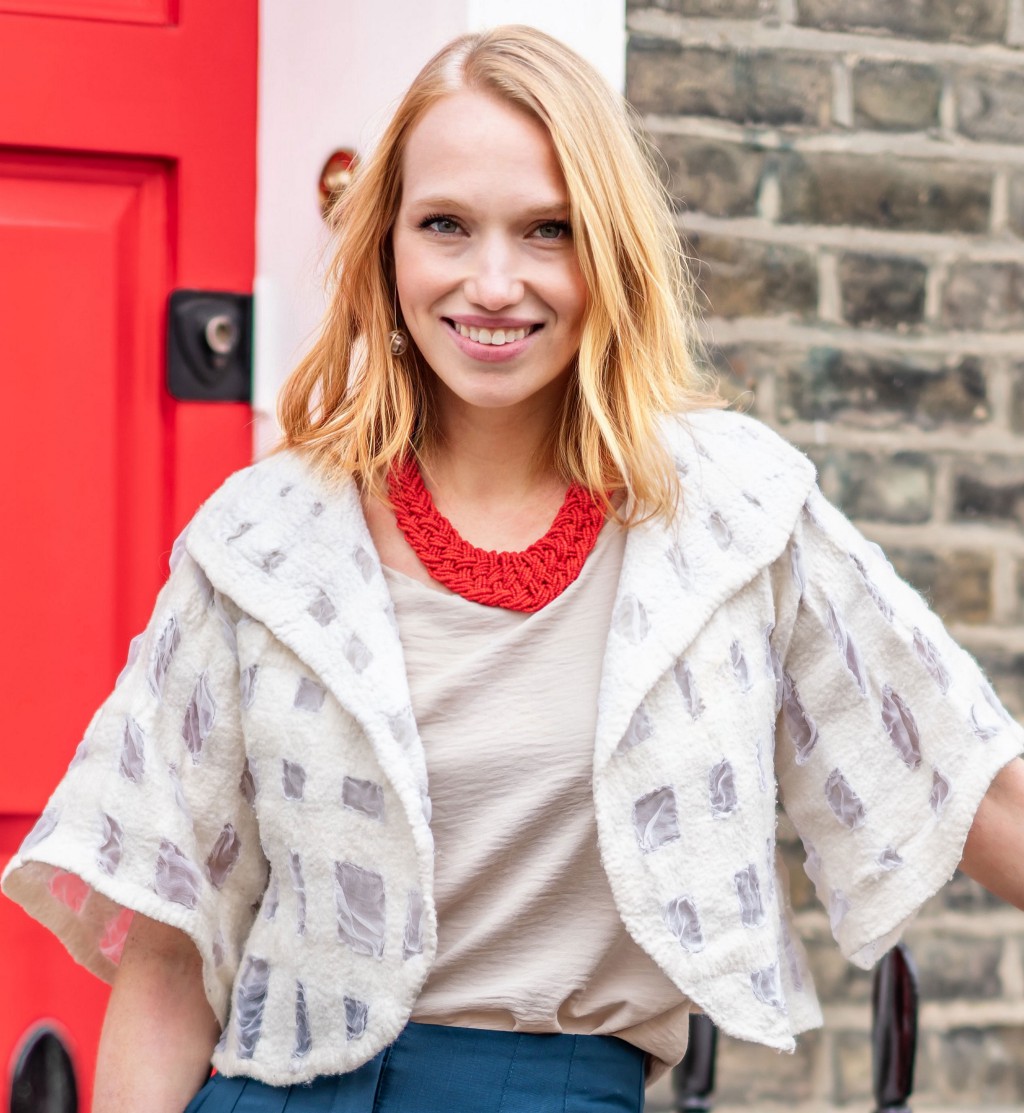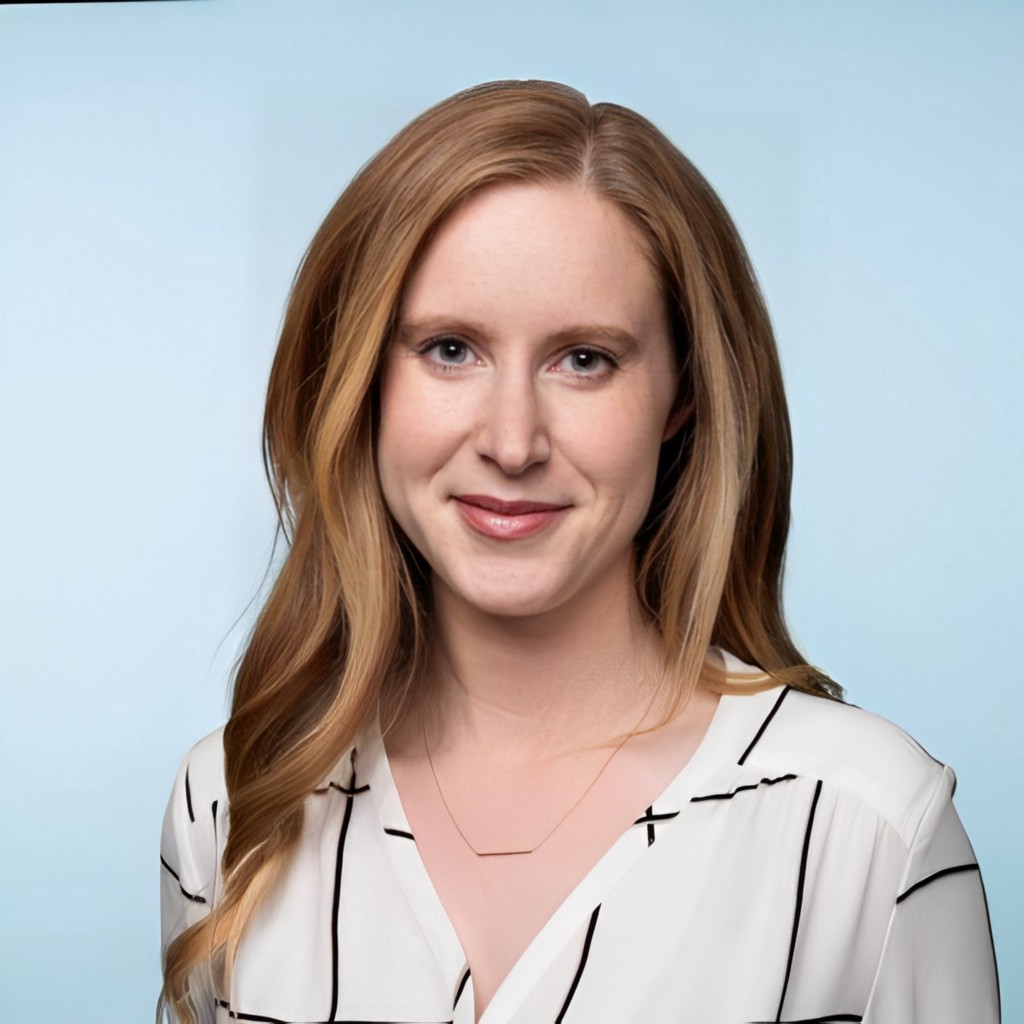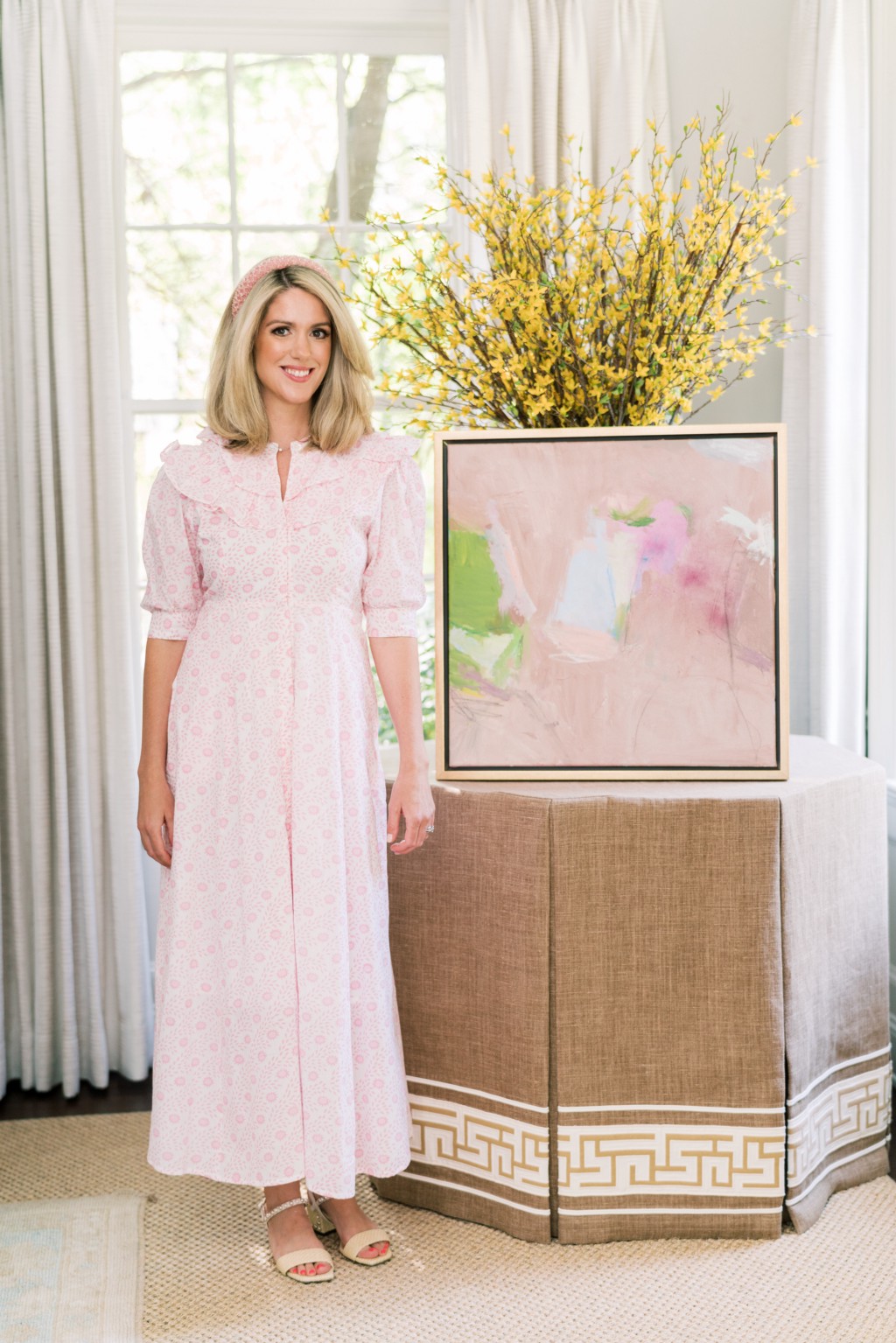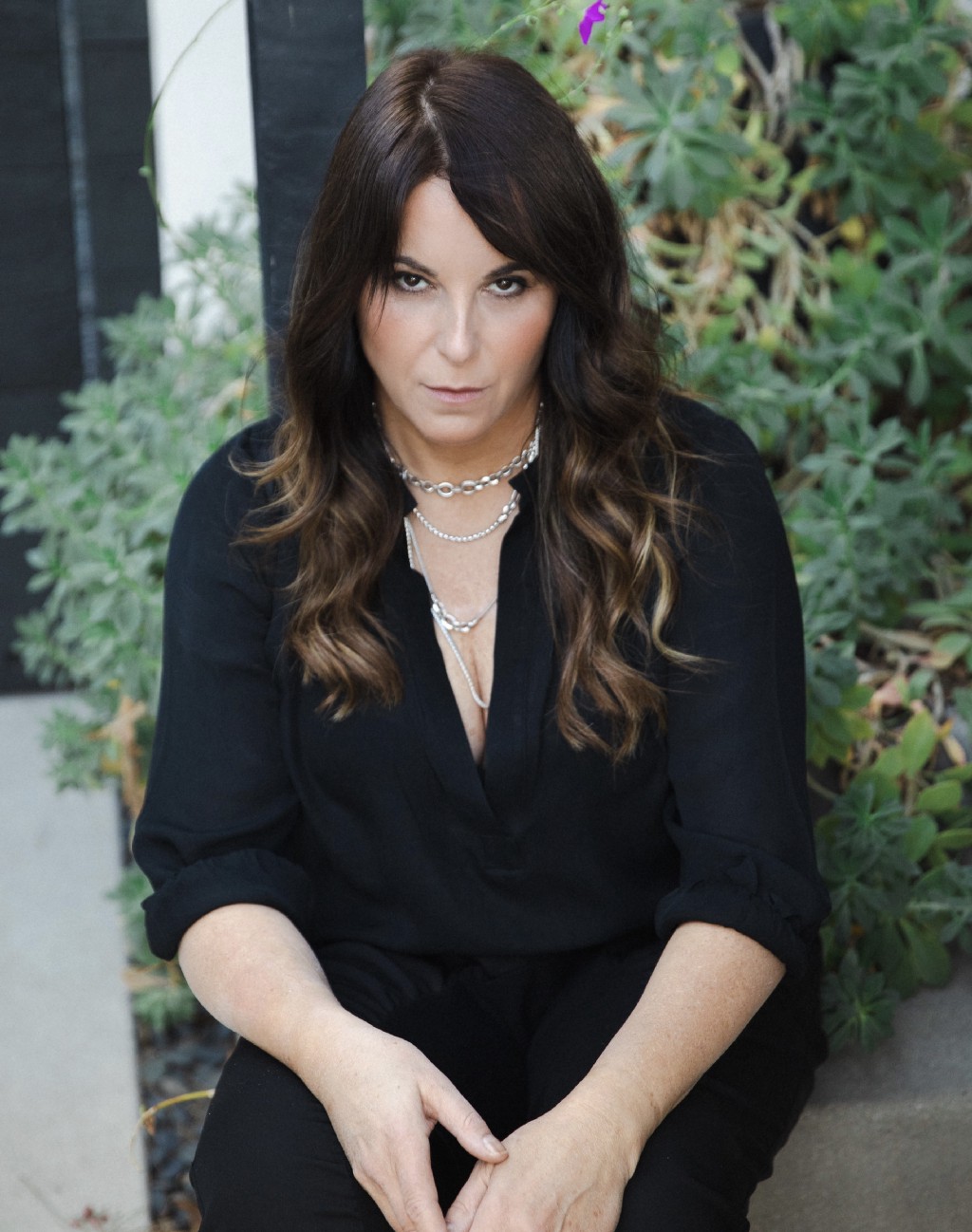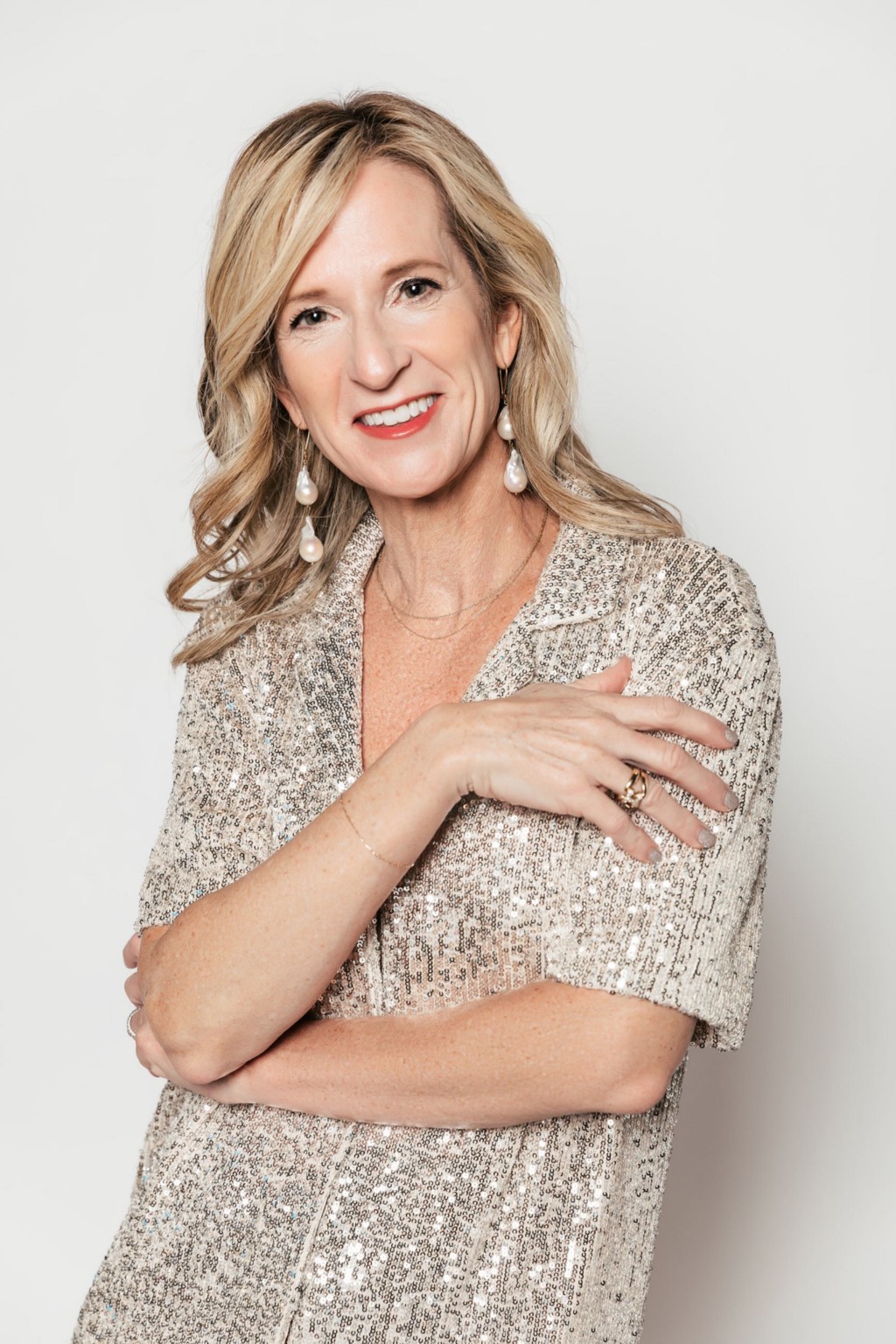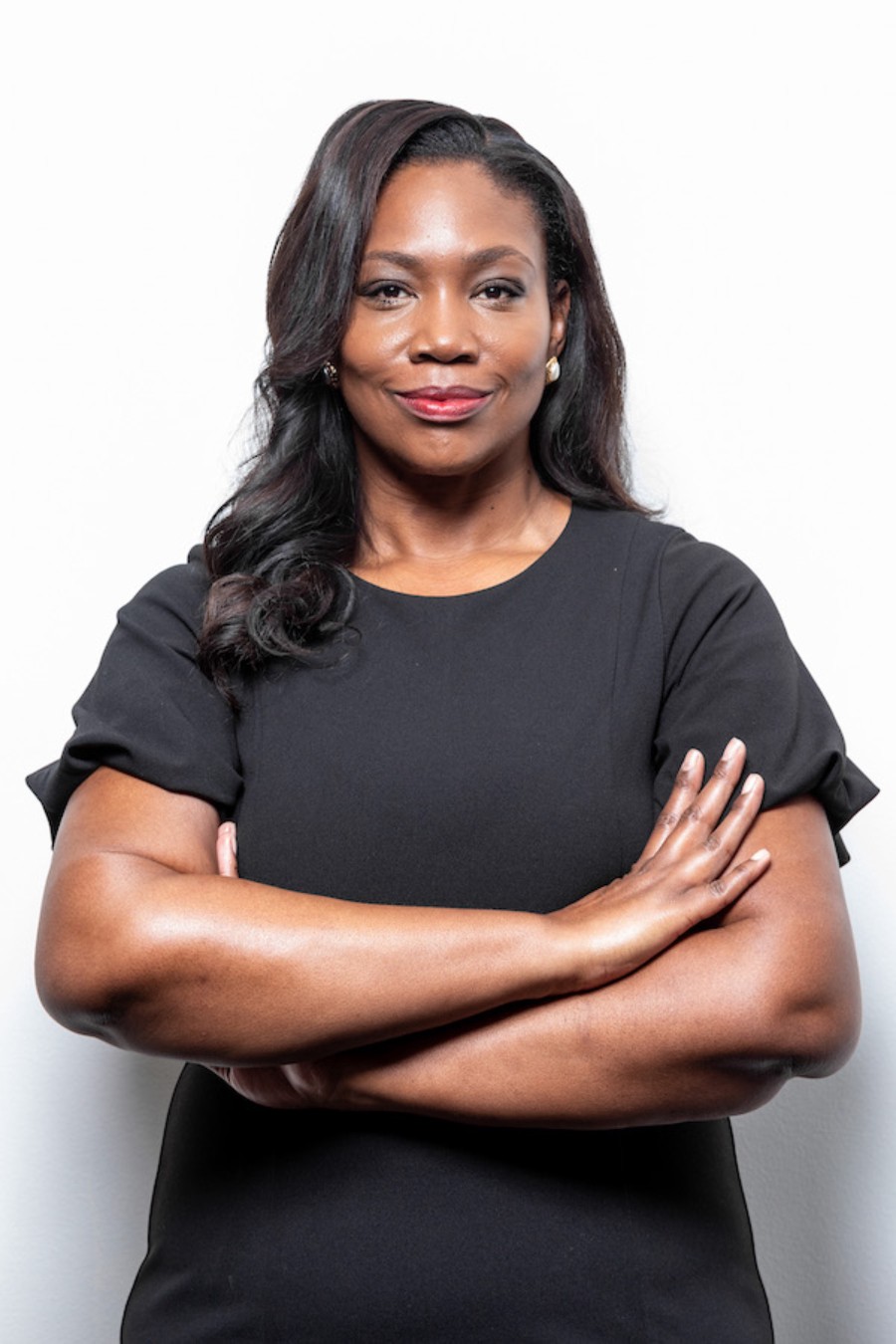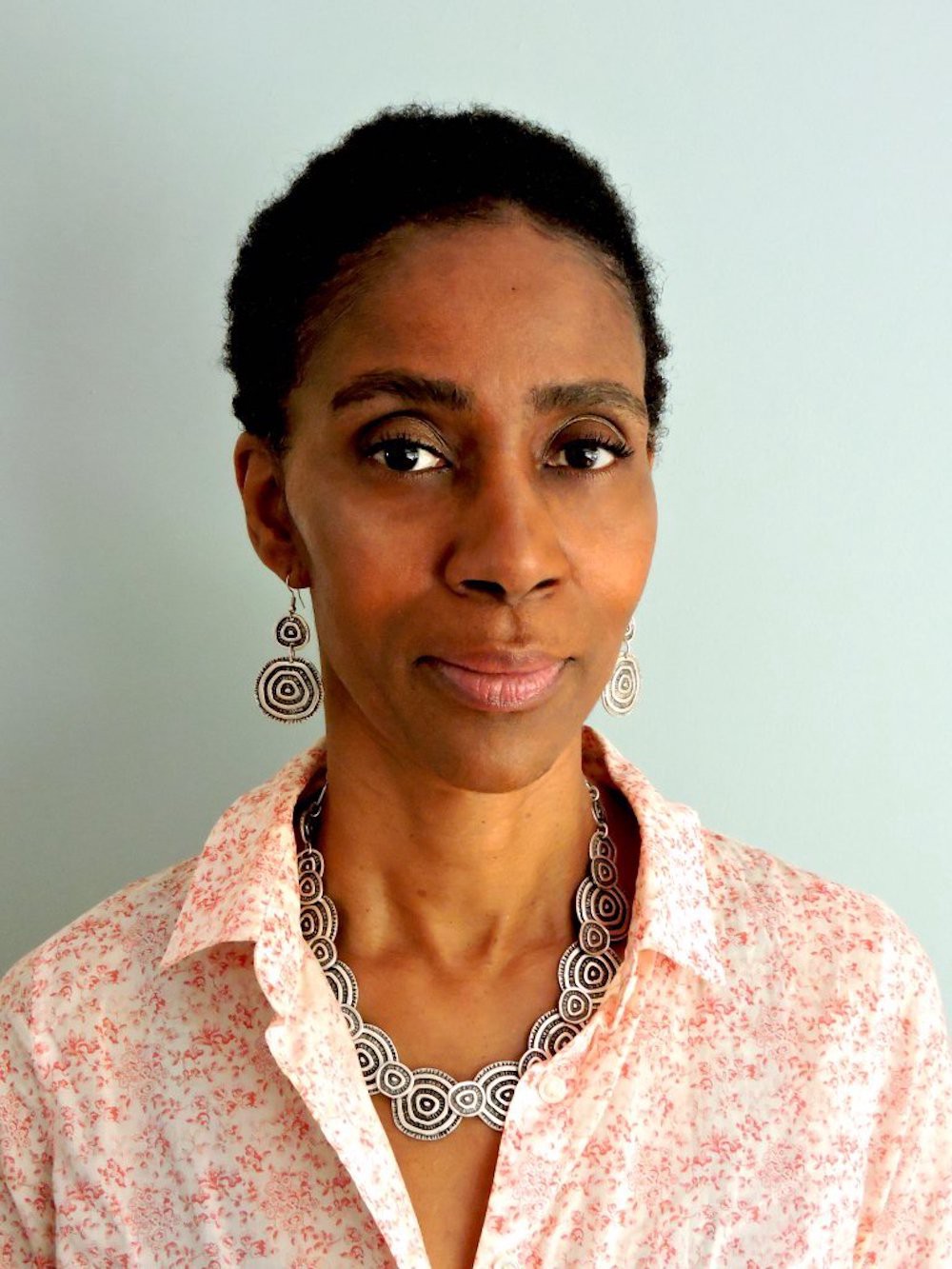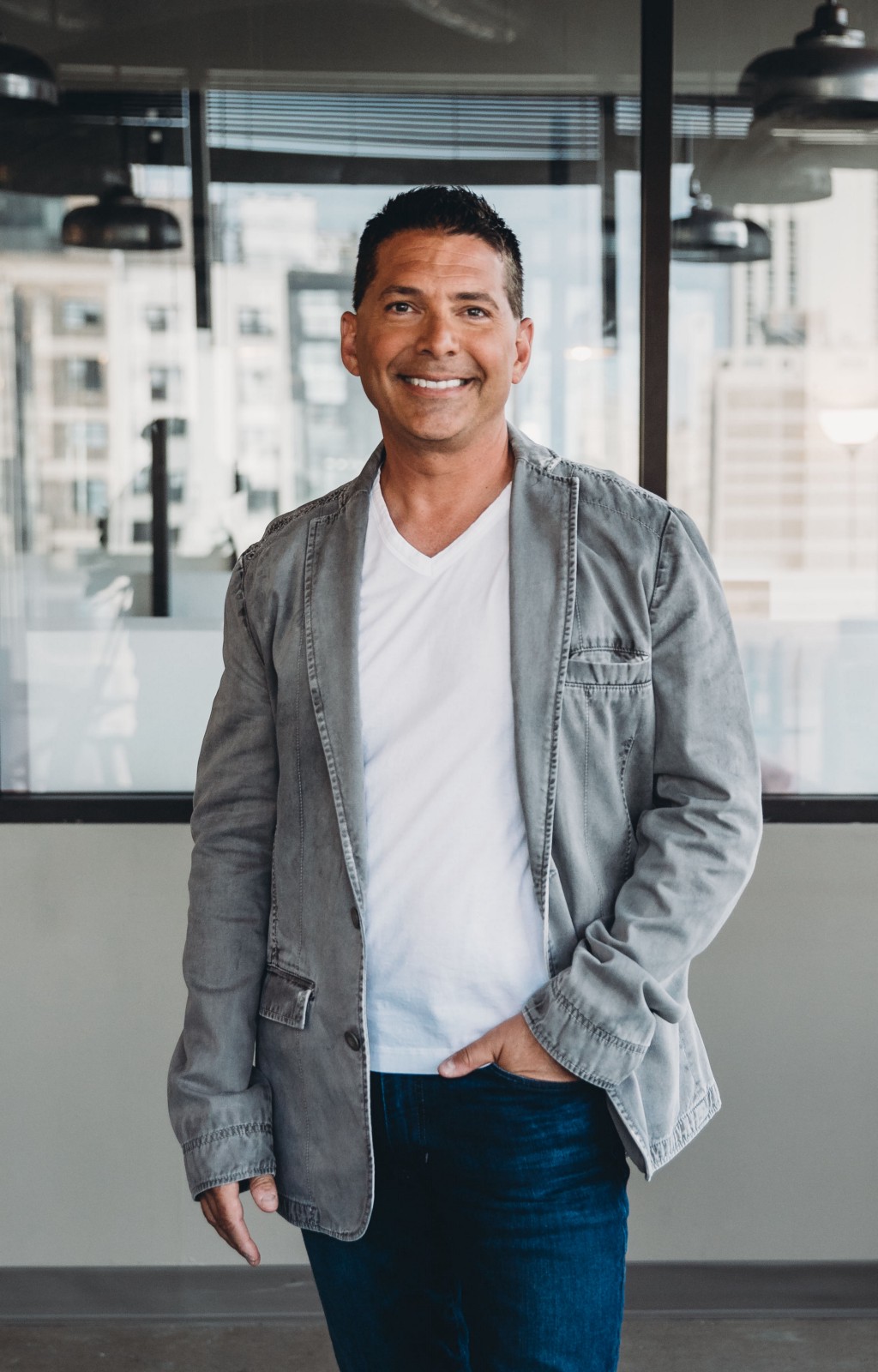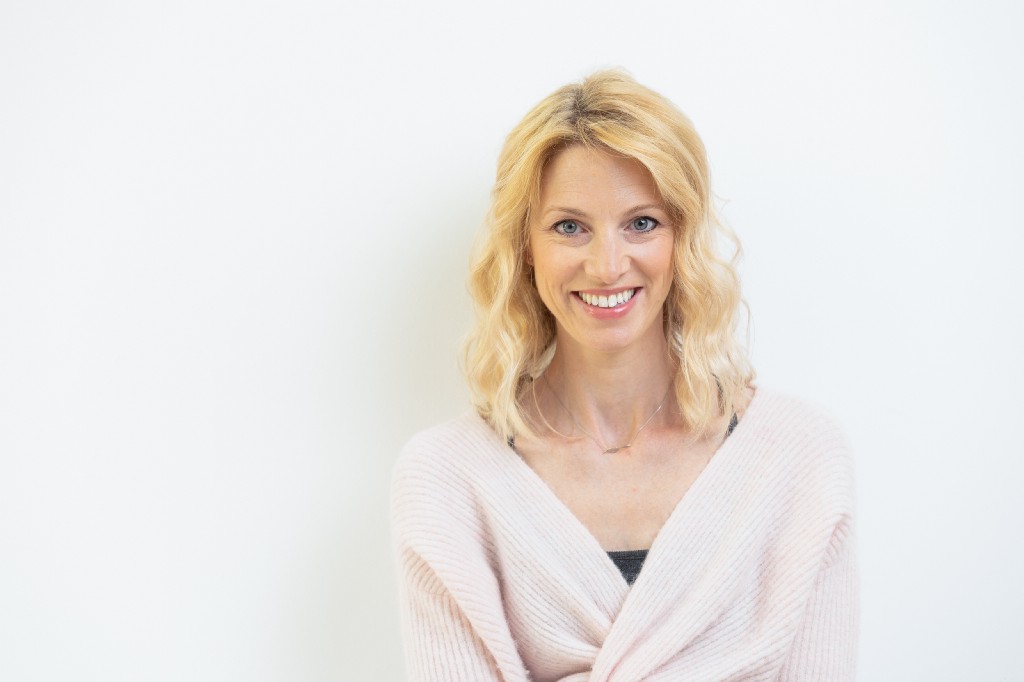Female Disruptors: Jenny Eversole of Style Space On The Three Things You Need To Shake Up Your Industry
An Interview With Candice Georgiadis

Prioritize & Focus. One of the biggest challenges as a founder and CEO is having so much to do and knowing which things to prioritize and focus on. It’s easy to get overwhelmed and focus too much on the wrong things. Knowing when to say yes or no is an important skill I’ve had to work on. When you say yes to one thing, you are ultimately saying no to another opportunity so choose wisely what is most important.
As a part of our series about women who are shaking things up in their industry, I had the pleasure of interviewing Jenny Eversole.
Jenny Eversole is the founder of Style Space, a personal styling platform to elevate your style with expert stylists, virtually. After nearly a decade running her own fashion label, she learned how personal style can make a big difference in one’s confidence, happiness and overall success. Jenny founded Style Space to empower people to look, feel and be their best, through personal style.
Thank you so much for doing this with us! Before we dig in, our readers would like to get to know you a bit more. Can you tell us a bit about your “backstory”? What led you to this particular career path?
I grew up in an artistic and entrepreneurial family. When I was 10, I started designing my own clothes with my mom. This started my love for fashion, style and business.
For nearly 10 years before starting my current company, Style Space, I was a founder and fashion designer at my own fashion label. It was a formidable time for me creatively and professionally and I learned a lot working within art and fashion. My biggest insights came from interacting with customers and understanding how to listen and talk to them. It was one of my favorite parts of being a designer and where I first began to understand how prolific the struggle with style confidence was for women and men alike — even seemingly well-to-do and smartly dressed individuals would confide their struggles with me. The insight that there was a gap in the market for personal styling paired with my own style dilemma, lead to an aha moment.
Shortly after my first pregnancy and giving birth to twins, I had a TV interview to highlight my latest fashion line. Being postpartum and experiencing lots of changes in my appearance, I was struggling to feel confident and look fashionable. I called my stylist sister in a panic just hours before the interview seeking advice, and a little reassurance, and the most remarkable thing happened. She styled me! Within a 30-minute video call I had with her, she helped me coordinate my outfit, guided me through my makeup look, and showed me what hairstyle to use. The experience was transformational! I went on and delivered my best TV interview and my confidence returned.
This experience fueled the idea for what would become Style Space, a full-service virtual platform that offers one-on-one personal styling in clothing, hair, makeup and skincare. I thought, if I was struggling with these style issues and could have such a transformational experience being styled, how many others could benefit too? Just like the thousands of customers I’d talked to over the years, and after working with fashion clients and stylists, it became clear that there was a gap in the market for accessible, affordable and personalized styling services where you could work directly with an expert stylist for any of your styling needs.
Can you share the most interesting story that happened to you since you began leading your company?
The best and most interesting thing for me is talking with our customers and hearing their success stories because of our service. It’s inspiring to see so many people brought together from all over the world to get styled. I’ve been amazed at how much you can accomplish working with a stylist, who, in just an hour online together, can coach you on how to find what silhouettes and colors are right for you, dress for a special event, and build a cohesive wardrobe that you love wearing — and of course, there’s hair, makeup and skincare too. A client told me that before Style Space, her physical appearance took the backseat and that even though she was in a leadership position, she wouldn’t turn on her Zoom camera to speak directly to her team or clients. After working with Style Space, she felt much more confident showing up for others, and most importantly, herself. These are the best stories for startup founders.
Can you share a story about the funniest mistake you made when you were first starting? Can you tell us what lesson you learned from that?
Yes, before we had launched Style Space, I was doing competitor research on a firm and sent an email to an executive of that company asking a question. However, I was mortified to realize I sent it from my official Style Space email instead of my personal email. For days after I thought this would somehow tip-off our would-be competition to our presence before we were ready. The reality was nothing ever came of it and now it’s something I laugh about. The lesson I learned was to be much more diligent about my emails and that executing on a plan is the most important criteria for success, not your competitor.
None of us are able to achieve success without some help along the way. Is there a particular person who you are grateful towards who helped get you to where you are? Can you share a story about that?
There are so many people that have helped me along the way by providing me with inspiration and tools for my personal development, to advocacy, mentorship and so much more. My co-founder, John — who is also my husband — has been the biggest influence in my life and success. He is the first person to encourage and support my goals and dreams while also challenging my ideas and offering an alternate point of view.
Another strong support in my life is my large family of entrepreneurs — my five siblings and parents all have their own businesses. This unusual dynamic makes our family like the Swiss Army knife of talents. Whenever I need help with marketing, UX/UI design, finance, business operations, hiring or any type of business advice, I can reach out to any family member who has the experience to help and also has an extensive network of people who can help.
The MOST important thing I have learned in business is to ask for help. There are so many people willing to help if you only ask for it. With almost any business question, either Google or a helpful person can provide an excellent solution to your problem.
Can you help articulate a few things that can be done as individuals, as a society, or by the government, to help overcome those obstacles?
One of the biggest reasons for the lack of female founders is the limited exposure to successful women founders in our places of work, friendship circles, communities and in the media. When women see other women thrive in entrepreneurship, they learn what is possible for themselves. As we continue to see more successful women entrepreneurs rise in the media, in leadership positions and in our immediate circles of influence, we will continue seeing an increase in women entrepreneurs.
We can help expose women to the possibilities of entrepreneurship through mentorship and capital to launch and grow their businesses. Established founders can also offer their skills, a brainstorming session, network connections and encouragement to women entrepreneurs. Sometimes all we need is one encouraging conversation to ignite our passion and be a catalyst for starting something.
This might be intuitive to you as a woman founder but I think it will be helpful to spell this out. Can you share a few reasons why more women should become founders?
We need more women founders and co-founders for diversity of thought, leadership and perspective in how we approach and solve today’s business and social challenges. Women don’t just make up half of the population, they represent the needs of society as a whole. Research has shown that women are on average better communicators, more collaborative problem solvers and more empathetic towards others and their needs. These are all qualities that we need more of in business and leadership.
I would also make a plug for women in the workplace in general. Harvard Business Review published an article which analyzed data on gender diversity in the workplace and found that it correlates with more productive companies in regions like the U.S. and Western Europe. They also noted that diverse workplaces are preferred destinations for candidates seeking employment and that organizations which invest in gender diversity generate more innovative ideas, which can lead to better product development and potential revenue verticals. With more women founders and co-founders leaning into entrepreneurship, gender diversity and the benefits that come with it, will help move industries towards greater productivity and innovation.
What are the “myths” that you would like to dispel about being a founder? Can you explain what you mean?
One myth is that you have to be young to be an entrepreneur, particularly if it’s a tech startup. This is not true. According to Harvard Business Review, the average founder age of the top 0.1% of startups based on growth in their first five years was 45. Another myth is that women have to be single and without kids to be a successful founder. That’s a personal choice, not a truism. I have personally met women founders of all ages, who come from a variety of career backgrounds, and who have succeeded with and without children. I have also observed many women professionals hold back from starting a family or a serious relationship because they fear their professional life will be compromised. Alternatively, I have seen women feel guilty about starting a business if they already have a family or are in a relationship. Many women founders have shown me that you don’t need to choose one or the other. Laura Vanderkam, a time management expert and author, taught me that I can thrive in both business and family life through her book I Know How She Does It and her podcast The Best of Both Worlds (I’m an avid listener and was a recent guest on her show). I highly recommend her work to anyone looking to succeed both in business and family.
Is everyone cut out to be a founder? In your opinion, which specific traits increase the likelihood that a person will be a successful founder and what type of person should perhaps seek a “regular job” as an employee? Can you explain what you mean?
Founders need to care a lot about their mission and the WHY behind what they started. They have to be willing to put in the time and effort to make their vision a reality and be willing to make sacrifices. It can be a huge grind before you ever see any results for your work. If you understand and accept this, it will make things a lot easier.
You need to have passion for learning new things, flexibility to pivot and adapt to anything thrown your way. Excellent leadership and communication skills are also a must. Most importantly, you need to believe in yourself and others. I emphasize the latter part as you need to rely on the skills of others to bring your vision to life.
Unlike a “regular job,” when you are starting a company, it is all up to you to make anything happen. Unless you delegate or hire it out, the job will not be done while you are sick or on vacation or clock out at 5 p.m.
Your success and failure rests entirely on your shoulders. This is very empowering and daunting all at once.
Ok super. Here is the main question of our interview. What are your “5 Things I Wish Someone Told Me Before I Started” and why? (Please share a story or example for each.)
1) Prioritize & Focus. One of the biggest challenges as a founder and CEO is having so much to do and knowing which things to prioritize and focus on. It’s easy to get overwhelmed and focus too much on the wrong things. Knowing when to say yes or no is an important skill I’ve had to work on. When you say yes to one thing, you are ultimately saying no to another opportunity so choose wisely what is most important.
2) Time management. Honing the skill of time management is crucial with so many moving parts as a manager. Learn time management from the best, whether it’s by working with a coach, reading books or listening to podcasts on the subject. It’s important to master a good time management system and flow that works best for you. I have learned to time block and use programs like Asana and google tasks/calendar to get my priorities met.
3) Mindset. I’ve studied a lot on mindset. I’ve taken workshops from Olympians and business leaders I admire and read many books on this topic. Mindset is truly everything. When you are striving for something very challenging, it will feel hard a lot of the time. There will be setbacks, tons of rejection, hard days and things that keep you up at night. Knowing how to keep a positive and focused mindset, regardless of all these things, is crucial for taking one step after another towards success.
4) Trust your gut and judgment. You know why you started your business and where you want to be more than any other person. Trust this and stay focused on this. Make sure anyone you choose to work with (investors, partners, employees, contractors, vendors, etc.) is aligned with your mission and goals.
5) Hire well, especially a project manager. Projects usually take twice as long and are more expensive than we plan for. Having a skilled project manager can help you best estimate how long a project will take and what it will cost. A good project manager has a deep understanding of each team members roles and skills and can project what resources you should invest into the sprint or feature, which will save you time and money. Additionally, being patient to find the right people for the job will save you time, money and give you peace of mind in the long run.
How have you used your success to make the world a better place?
Through my past and current business, I have mentored and taught hundreds of students, designers and entrepreneurs my fashion and style techniques and offered business advice. I even wrote a best-selling book on my fashion business to teach others my design techniques.
It is also very inspiring to see how Style Space has made an impact in so many people’s confidence through elevating their personal style. Style confidence is no small thing as it impacts your productivity, mood and overall success.
This is only the beginning though. There is still a lot I want to do to have a positive impact on the world for causes that are important for me.
You are a person of great influence. If you could inspire a movement that would bring the most amount of good for the greatest number of people, what would that be? You never know what your idea can trigger.
This is definitely a “world peace,” type question. Realistically, I think that what I’m doing at Style Space now is the best thing I can do to bring the most amount of good to people. Creating confidence in people is a big deal. And helping people express their best and most authentic self, by helping them dress or apply the right type of makeup or discover a hairstyle that looks amazing on them, is important. Many of our clients want to look and feel better, but simply don’t have the time or expertise to invest in those things. There is so much power in looking and feeling your best. It influences how you show up in the world, the kinds of people you will interact with and the opportunities you will attract. We help people achieve their goals and feel confident. If I can create a movement around that I will, because it’s a worthy cause.
We are very blessed that some very prominent names in Business, VC funding, Sports, and Entertainment read this column. Is there a person in the world, or in the US with whom you would love to have a private breakfast or lunch with, and why? He or she might just see this if we tag them.
Sara Blakely! She is a person I have admired most for a very long time. Not only did she build an incredible product and brand that I love, she has found ways to give back and share her success with others. Recently she created a MasterClass about her entrepreneurial success story and shared her lessons learned on topics like inventing, funding, marketing and more. I could fangirl on about Sara, but suffice to say she’s a great example for me and many other startup founders.
I would also be love to sit for a coffee with the following: Jess Lee of Sequoia Capital. She was a co-founder and CEO of a startup before becoming a partner at Sequoia Capital. I’ve followed and admired her work for a while, especially the advocacy work she does for women founders. Bestselling author Gretchen Rubin, is someone I also admire. Her books have been transformational for me understanding human behavior and how to best work with other people. I have so many questions for her I’d love to talk about! Stacey London of What Not to Wear, is someone I would love to discuss my business with and industry as a whole. I also think she would make a great future board member. And Sonali De Rycker of Accel, is someone I would really like to learn from. She’s a leading figure in tech and venture capital and someone who I’ve admired from a far. She’s also based in London, which is convenient for someone like me who’s based in Germany.
Thank you for these fantastic insights. We greatly appreciate the time you spent on this.
Female Disruptors: Jenny Eversole of Style Space On The Three Things You Need To Shake Up Your… was originally published in Authority Magazine on Medium, where people are continuing the conversation by highlighting and responding to this story.

